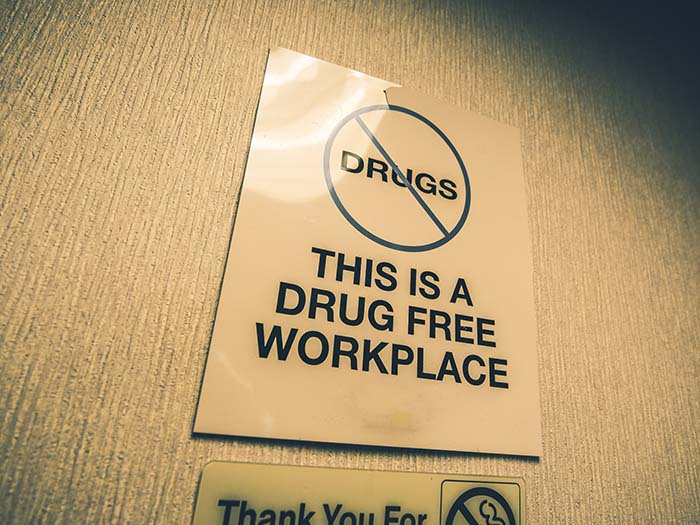Risk Insider: Nir Kossovsky
Directors and Officers Now Face Personal Risk
If you asked the typical public company director, in the early 1980s, about Directors & Officers Liability Insurance, he might have scoffed, feeling secure in the knowledge that he did nothing that put him personally at risk of a lawsuit.
By the late 1980s, the number of lawsuits against directors and officers exploded, D&Os discovered that one needn’t be liable to be damaged, and D&O insurance became commonplace.
Today, we are at a similar inflection point as social media, public anger at large institutions and outsized expectations by stakeholders push reputational risk to corporations and their boards to unprecedented levels.
New research from Steel City Re shows that the level of generalized anger in our society, which we all recognize intuitively, is on an upward trend in recent years.
That anger requires outlets and there is no shortage of players, ranging from bloggers purveying “news” that may or may not be accurate to elected officials in Washington, D.C., who are willing to exploit the public’s outrage and direct it toward certain targets.
Add to the mix a President-elect who seems more than willing to criticize corporate actions and publicly shame individuals; and an overall environment of heightened expectations for corporate performance, often fueled by share buy-backs, and every prominent company and executive in America needs to be concerned.
Social media has become weaponized as a result of its speed and penetration, combined with the heightened level of generalized societal anger seeking outlets on which to vent.
Directors and officers finding themselves in the crosshairs are discovering that they are largely unprotected. D&O insurance covers legal liability, but not the very tangible and significant financial losses they can suffer as a result of reputational damage.
The average director, for example, earns approximately $250,000 a year to serve on a corporate board and he or she usually serves on multiple boards.
If he or she is forced to resign as a result of reputational attacks related to the board’s oversight of the company – and if he or she becomes less desirable as a member of other corporate boards, that could represent a loss of millions of dollars over the course of a career.
And yet, despite the dramatically increased risk, many directors and officers are asking a new variation of the question they asked themselves in the early 1980s: “If I’ve done nothing to cause damage to my personal reputation, why do I need protection?”
The data we’ve analyzed (here), explains why directors and officers needn’t be culpable to be damaged. It includes 60 million data points for 7,500 public companies over the five-year period between 2011 and 2016 and it demonstrates what companies and their officers and directors are up against:
- Losses linked to reputational damage at public companies have increased by 461 percent over the past five years.
- Losses experienced due to reputational issues directly correlate to increases in generalized public anger as demonstrated by angry posts on social media.
- Social media has become weaponized as a result of its speed and penetration, combined with the heightened level of generalized societal anger seeking outlets on which to vent.
- Outsized expectations by investors about corporate performance, often exacerbated by stock buy-backs that raise stock prices short-term, have created increased vulnerability and potential for losses when companies are attacked.
In this environment, companies and members of their leadership need defenses for a different kind of battle – a battle in the court of public opinion, where, unlike in courts of law, there are no rules of evidence.
Success on this battlefield requires a preemptive strategy – using reputation warranties, financially backed reputation attestations, and other cutting edge crisis mitigation tools to build reputation resilience before attacks occur.
With much of the public unable to distinguish between false news and real news, with increasing numbers of people receiving information through social media rather than traditional media, with elected officials eager to channel the public’s discontent through public hearings and investigations, and with high expectations driven by stock buy-backs expected to continue at a steady pace, companies need to explore and deploy new strategies to deal with new realities.
And they need to bring reputational issues into the board room as a strategic priority for the future of the enterprise and for themselves.










